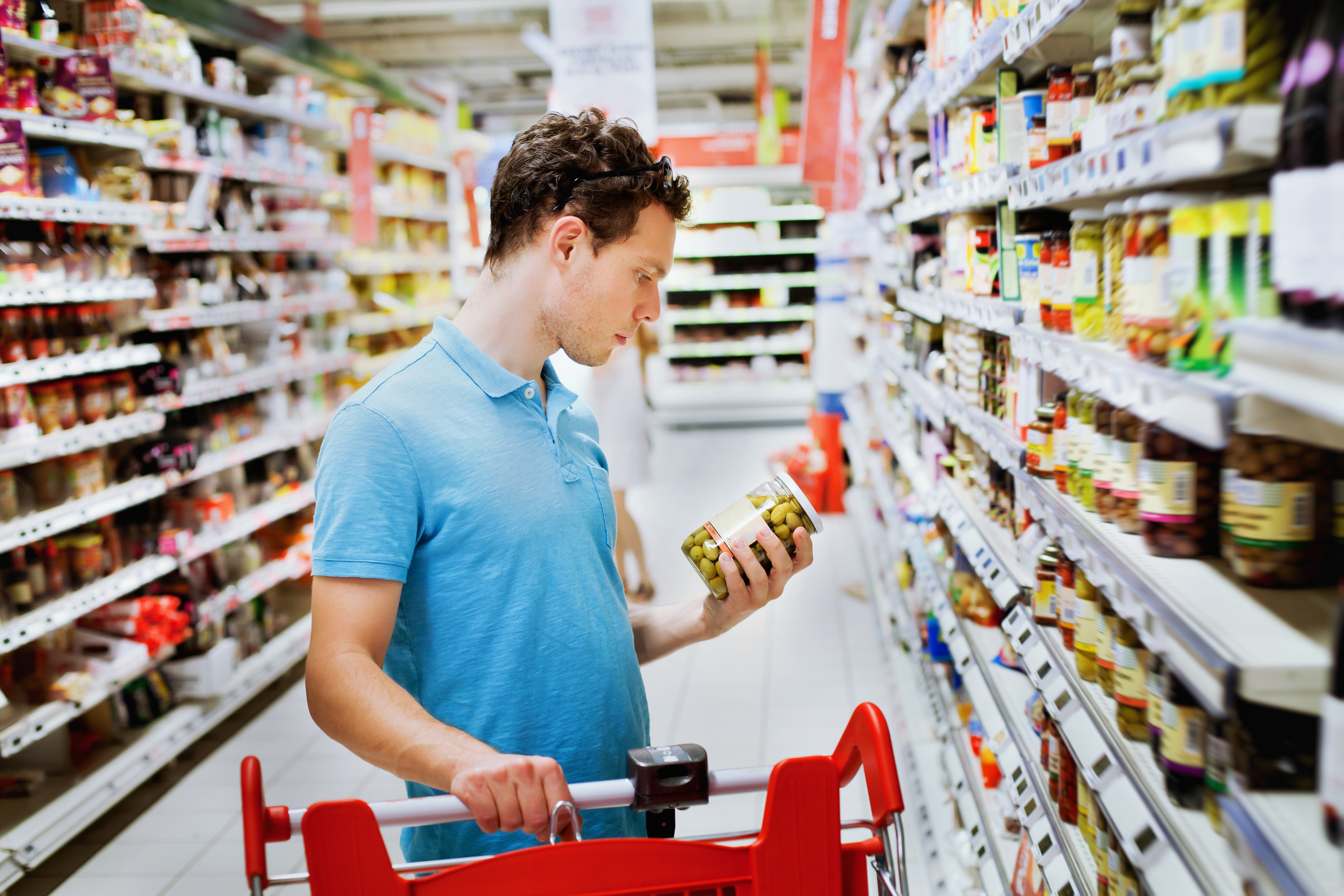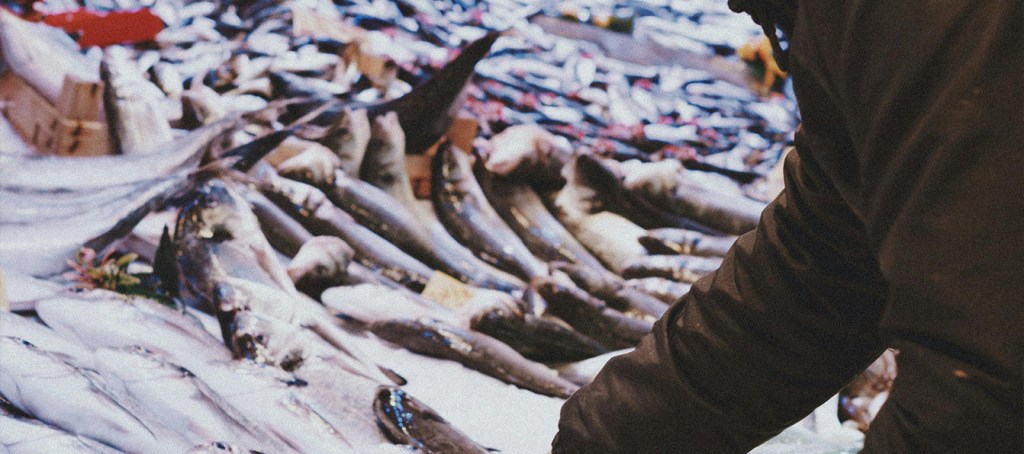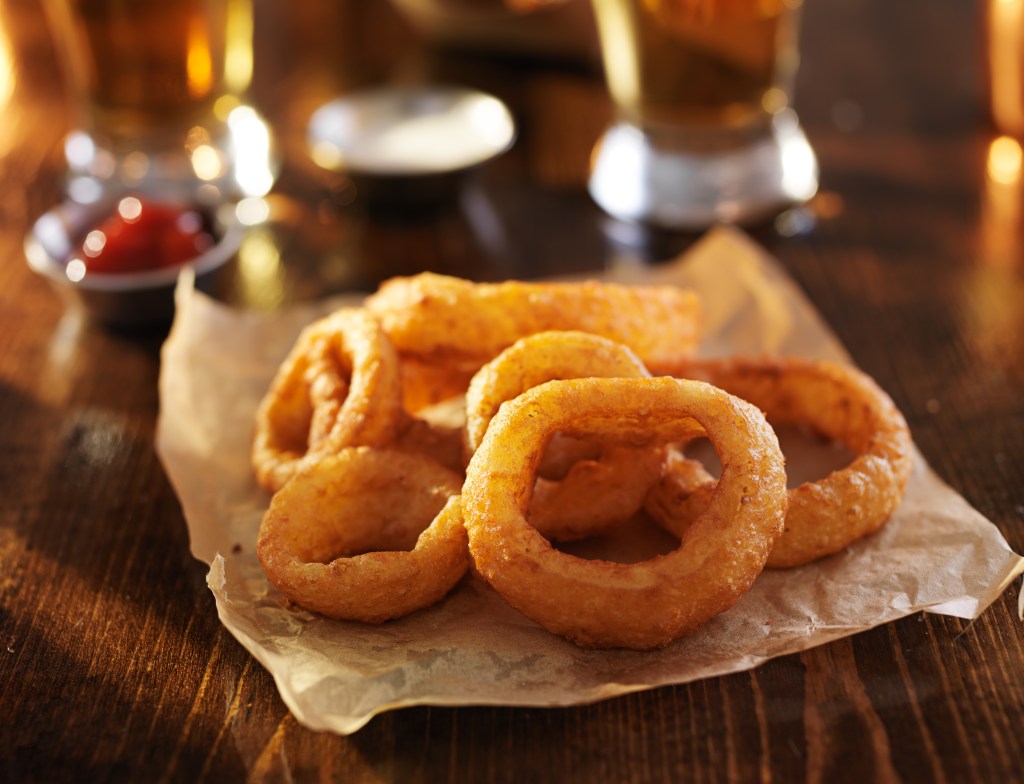CPG Lessons from 2021
Small businesses have always needed to be more agile and reactionary than their big brand competitors. This means that the landscape and path to success change frequently. There were many factors that influence the demand of consumer goods undergoing changes and the landscape for small CPG manufacturers in 2021 shifted greatly. Ignoring these lessons will likely be more damaging than in previous years.
Here are the top 5 lessons for small CPG businesses from 2021:
1. COVID-19 Continues to be a Factor
Unfortunately, one of the biggest issues faced by all businesses and society as a whole in 2021 was the ongoing COVID-19 pandemic. With the pandemic came many shifts in consumer behavior and CPG businesses were forced to adapt. However, it did show many small CPG business owners areas of weakness and tested their flexibility. Many office roles could be performed from home and money could be saved on utilities. Shipping processes could be streamlined and safety could be emphasized fostering a strong sense of community within the business. As we continue through the pandemic, many small CPG businesses have transformed permanently and will be more prepared for sudden problems and market shifts in the future.
2. Going O2O Can Help
O2O, or offline-to-online, is the adoption of digital storefronts and sales methodologies by traditional brick-and-mortar companies. The past decade has seen a steady shift, but this change grew immensely in the past year. Companies that were slow or reticent to make the shift felt more strain and financial burden than those that already had. If 2021 showed us anything, it’s that small CPG manufacturers should use all of the tools and sales channels at their disposal, so they can reach the largest audience and stay afloat during times of turmoil.
3. CPG Retail Data Is King
Unsurprisingly, 2021 showed that brands that tracked and acted upon retail data saw more growth than their competitors. With so many new competitors appearing and shelf space at a premium, brands that invested in retail data and understood their KPIs were in a much better position to withstand the challenges and make gains in their niche. That’s why it’s vital to understand how CPG data can help your business grow and dedicate a budget to investing in reports and a good platform. This will let you compete with competitors of all sizes and access the same data the big brands use to keep small businesses small.
4. Mobile Search and Shopping Plateaued
Even though mobile has been growing exponentially in recent years and 5G became available in more regions, mobile search and shopping slowed. This is due to fewer people traveling or being outside of their homes during the pandemic. Businesses that invested in mobile-first felt the strain as consumers shifted back toward traditional desktop shopping experiences. However, mobile will likely return post-pandemic and businesses that used direct-to-home services through mobile apps did see gains. Overall, the lesson learned here was that small CPG businesses can’t afford to put all of their eggs into a single basket if they want to keep up with consumer buying patterns.
5. The Health & Wellness Market Is Here To Stay
One CPG area that saw major gains last year was health and wellness as the needs of the modern wellness consumer shifted. With more Americans than ever concerned about their physical and mental wellbeing, health and wellness companies saw tremendous growth last year. In fact, there was a 50% growth in health and wellness products purchased on subscription compared to 31% growth in total CPG products purchased on subscription. This trend looks to continue, so CPG brands that offer health and wellness products or have adopted the subscription business model are setting themselves up to take more market share than their lagging counterparts.

Bottom Line: 2021 Changed the Landscape
As consumer habits changed so dramatically in 2021, CPG brands have had to make major changes to keep up. Fortunately, with Byzzer’s reporting solutions, you can have all the data you need at your fingertips. Contact us today to see what our tools can do for your business.
Get valuable insights with Byzzer. Knowing about these trends is only the beginning. Depending on your product line, you need to know how much to adapt to consumer needs. Byzzer provides breakdowns of all these attributes in easy-to-digest reports. Best of all, we’ll show you how to leverage this information for your action plan.



